Reminiscences of a Raleigh Boy, Part 3: Fayetteville Street
Part 3: Raleigh’s Main Street
Briggs Hardware (1874) on Fayetteville Street in 1965
Briggs Hardware 2008, now home of the City History Museum. Next door is the former Boylan Pearce department store with its recently restored Beaux Arts facade.
200 block of Fayetteville St showing the Tucker Building and the Post Office on the left
200 block in 2008
View toward the Capitol from the 100 block, 1966. With the exception of the two state government buildings at the end, all the structures in this view are gone.
In 2008; Looks beautiful at night, doesn’t it?
Close up of east side of the street in the 1966 view.
Last night.
View toward the 200 block from the alley between the (old) Wachovia building on the right and “Lenin’s Tomb” on the left.
The view today. The alley was closed during the mall period.

The lower floors of ” Raleigh’s Little Seagram Building” and the 1960s facade of Hudson Belk.
Same view today.
The east side of the 200 and 300 blocks in 1966 showing the (old) Wachovia building, “Lenin’s Tomb” and the block of 19th century storefronts where the RBC building is now going up.
If Capitol Square was the hub of Raleigh, then Fayetteville Street was its strongest spoke. For most of its existence and well into the 20th century this broad thoroughfare was the commercial and governmental axis of the city. Along its course were Raleigh’s principal businesses, hotels, banks, office buildings and government centers.

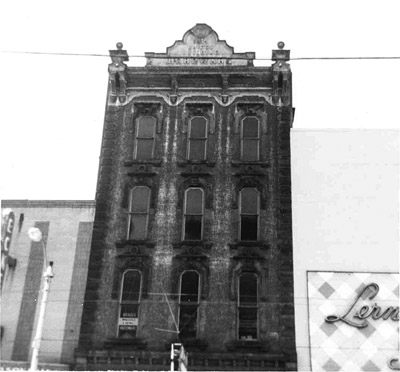
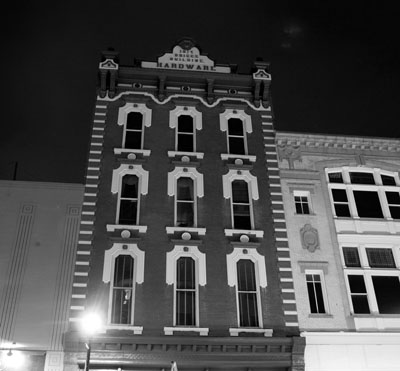

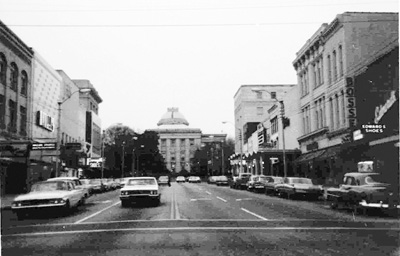
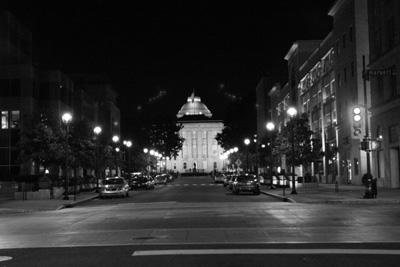
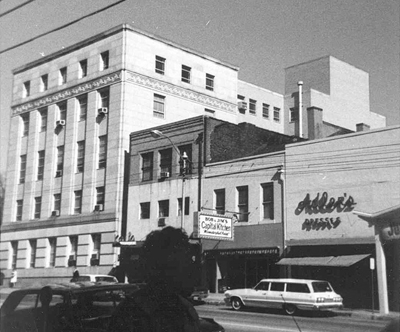
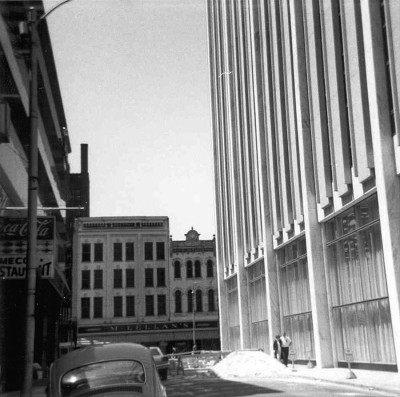
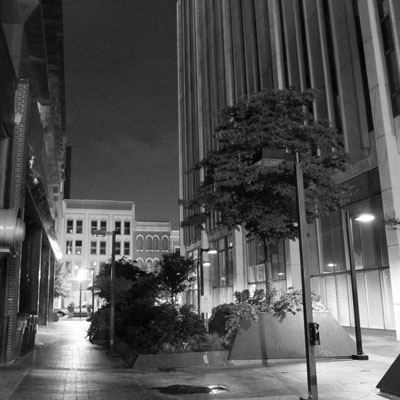
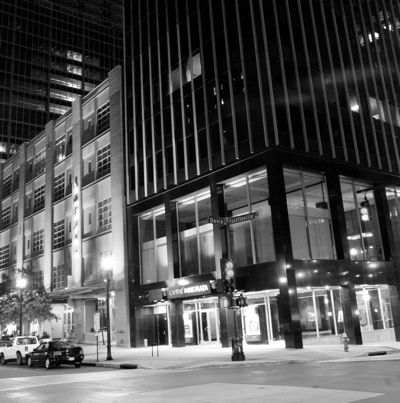
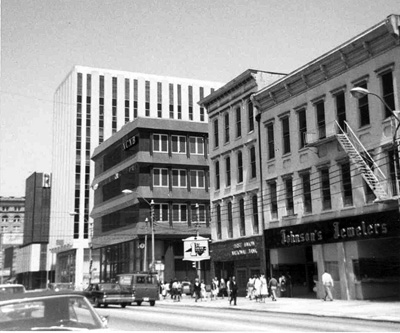
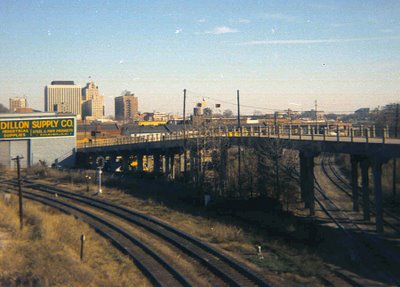
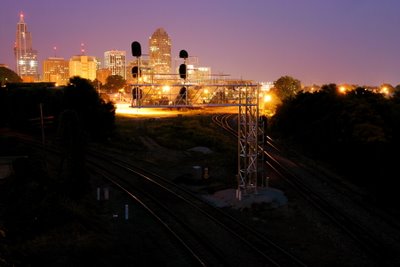
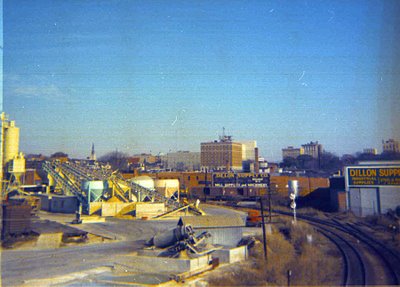
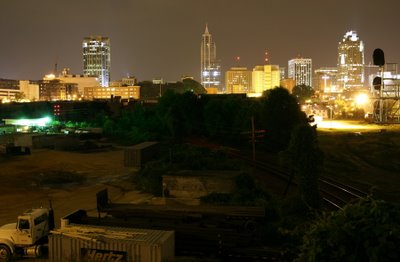


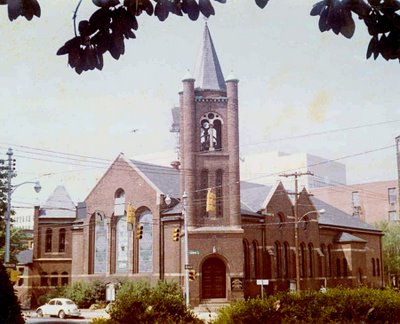

 Sign up for the Newsletter
Sign up for the Newsletter